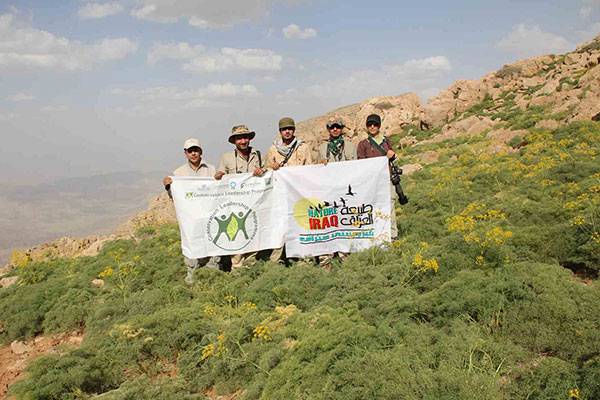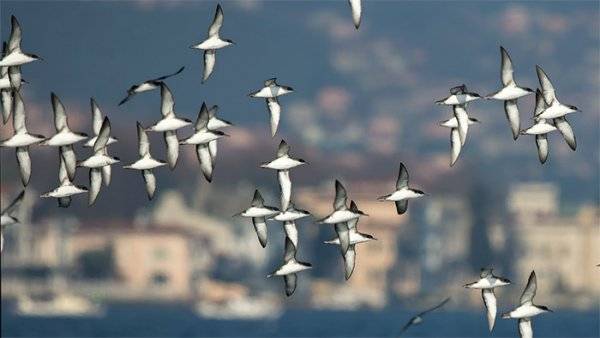Guest blog by Abdalgamil Mohammed
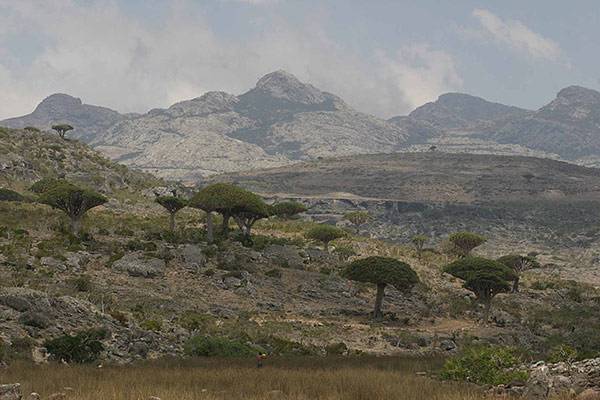
Socotra Archipelago is one of the biodiversity-rich islands in the world thus gaining wide international recognitions. It is UNESCO-Man and Biosphere Reserve in 2003, UNESCO-Natural World Heritage Site in 2008, and one of the world’s 221 globally important Endemic Bird Areas. Birdlife International identified 21 Important Bird Areas on Socotra. (The next issue of Sandgrouse will include an important paper on these IBAs). Eleven species of birds are endemic to Socotra and over 220 have been recorded in the Archipelago; over 160 are migrant visitors and 45 are known to breed.
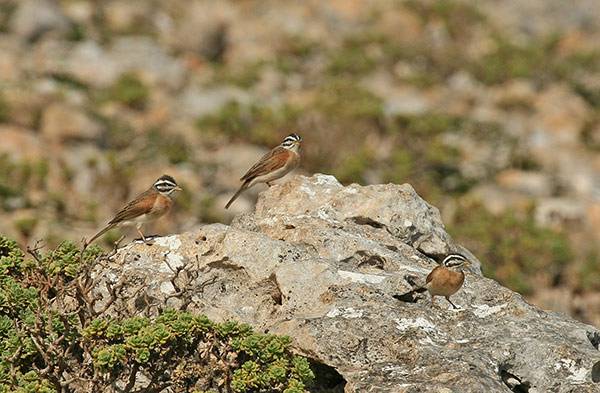
Socotra Bunting Emberiza-socotrana, a threatened Socotran endemic. Photo: Richard F. Porter
In the last century, traditional management practices and the long period of isolation have triggered moderate resource use and thus have limited human impact. Hence, Socotra is one of the few islands where no extinction of species has been reported during the last century.
Currently, over 50 species of animals and plants are listed on the IUCN Red List while others threatened with extinction. Immigration, uncontrolled infrastructure development, Population growth (over-use of the limited available natural resources), and poor governance at local and national level are some of the main underlying causes. Further, Chapala and Megh cyclones of November 2015 in addition to the ongoing civil war in Yemen have caused severe environmental damages.
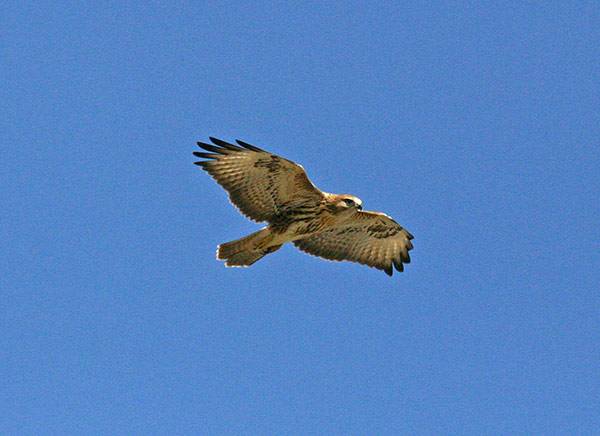
Socotra Buzzard Buteo socotraensis a threatened Socotran endemic. Photo: Richard F. Porter
Sustainable development that relays on environment protection and biodiversity conservation is identified as a tool for preventing the irreversible loss of Socotra unique biodiversity. Therefore, governmental and non-governmental capacities have to be strengthened while islanders’ livelihoods have to be improved and strongly linked to biodiversity conservation where possible. It is our hope that the Integrated Programme for Conservation and Development of the Socotra archipelago currently being undertaken by GEF and UNEP will be a major boost to the conservation of our precious islands.
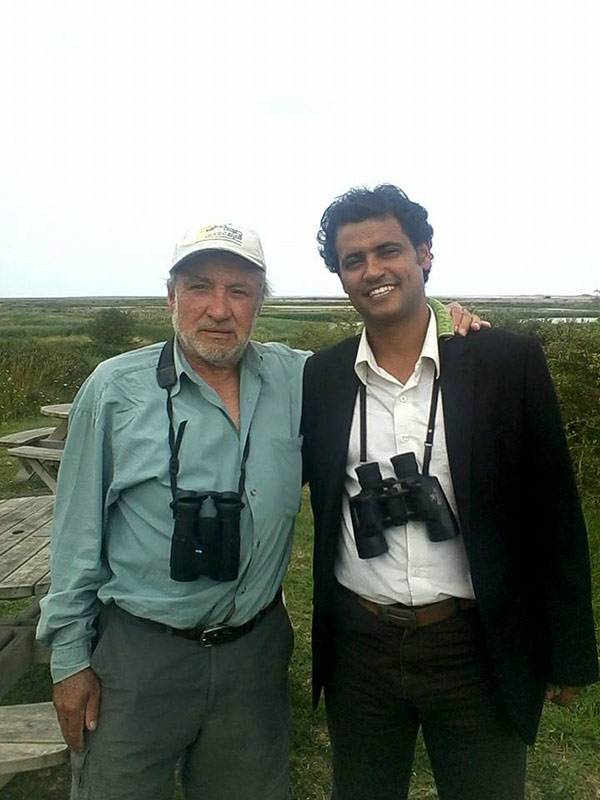
Abdalgamil Mohammed is a Socotran specialized in environmental management. He holds MSc in Environment and International Development from the University of East Anglia, UK (Chevening Scholarship). He is the Deputy Governor of Socotra for Environment and Development Affairs and the former Deputy Manager of EPA Socotra. He is involved in biodiversity conservation and sustainable development efforts on Socotra since 2002. The photo shows Abdalgamil with Richard Porter when studying for his Masters.

